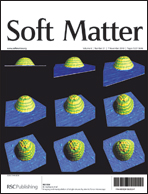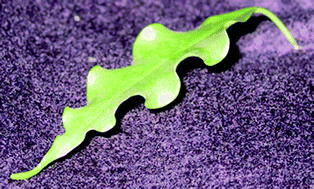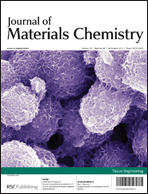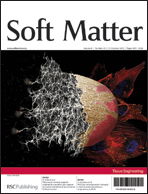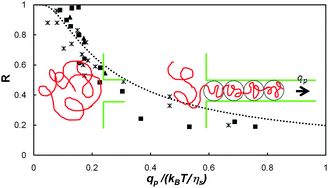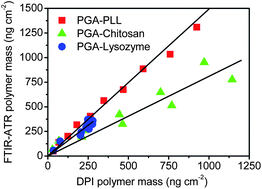Inspired by floating flowers, a passive pipetting mechanism allows for water to be grabbed with a flexible solid.
 The technique was developed by a team led by Pedro Reis at Massachusetts Institute of Technology, USA, and co-workers in USA and France. The passive pipetting mechanism relies purely on the coupling of the elasticity of thin plates and the hydrodynamic forces at the liquid interface. By developing a theoretical model the team were able to design petal-shaped objects with maximum grabbing capacity.
The technique was developed by a team led by Pedro Reis at Massachusetts Institute of Technology, USA, and co-workers in USA and France. The passive pipetting mechanism relies purely on the coupling of the elasticity of thin plates and the hydrodynamic forces at the liquid interface. By developing a theoretical model the team were able to design petal-shaped objects with maximum grabbing capacity.
Interested to know more? Read the full paper here: Pedro M. Reis, Jérémy Hure, Sungwan Jung, John W. M. Bush and Christophe Clanet, Soft Matter, 2010, DOI:10.1039/C0SM00895H











